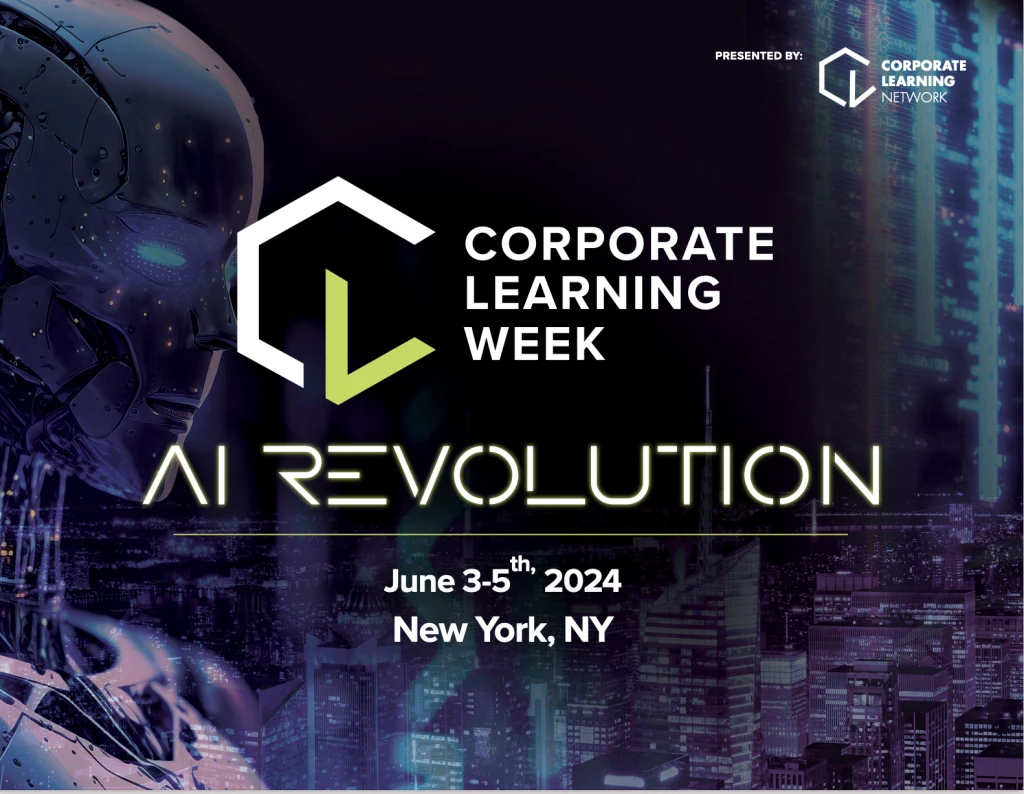Bringing Immersive Learning Experience to Enterprises
Add bookmark
The business world and all the industries that comprise it are always changing and evolving and this means that those who work in these industries have to evolve as well. Take media and communications and how they have been forever changed by the advent of the internet, social media, and so on.
This means that firms have to constantly train their employees to stay on top of the latest industry trends and best practices in order to survive and thrive. One method of training that has been shown to be significantly more effective than others is immersive learning.
The Power of Immersive Learning
A lot of learning, even for those already in the workforce, is centered around theory. This means reading books about new concepts and practices in a field and maybe taking an exam at the end of the training exercise. While this method has merit in itself, it might not be as effective as immersive learning.
Immersive learning, as the name implies, involves having participants actually put into practice the thing they are trying to learn. For example, rather than reading a book about customer relations, the employee would be put in a real-life or simulated scenario where they have to deal with customer relations. Once ‘immersed’ in this scenario, they are able to better learn what to do.
There are many benefits to immersive learning, especially for companies looking to improve their employees’ performance which has led it to being embraced by millions globally. Additionally, there are many ways for firms to introduce immersive learning to their establishments.
How Firms Can Embrace Immersive Learning
The first step to introducing immersive learning to enterprises is to determine what exact skills are needed to be learned by employees. For example, if a business deals in food services, there is the need to identify what parts of the production and service need to be learned. Whether this is the processes behind food creation, packaging, delivery, and so on.
This can be done with a review of new industry best practices as well as seeking the opinions of employees about what parts of the existing business process can be improved upon and which are the most pressing. After this is done, a list can be written up about the practices that are to be introduced through immersive learning.
Then, the business needs to decide the delivery method for immersive learning. One of the many benefits of immersive learning is that it can be delivered via eLearning solutions like learning management systems (LMS), and particularly learning experience platforms (LXP) that offer virtual reality, immersive workshops, game-based activities, and so on.
Depending on your industry, some might be more effective than others and it is up to the firm to determine which would be best. After the appropriate immersive training method has been decided upon, the firm has to actually conduct the training exercise with employees. The employees in question must be briefed ahead of time about what the exercise will entail and what is expected of them.
It should be kept in mind that an experienced immersive training firm with a decent track record should be approached to conduct such a training exercise. After the training exercise is completed, feedback should be collected from both the firm that conducts the exercise as well as the employees themselves.
This helps to determine whether the training was effective, what parts of it were best and worst rated, and what should be changed moving forward.
Immersive training is, in many ways, the future of learning for both commercial firms and non-commercial institutions as well. As more firms embrace this method of learning, it must be approached with the right tools and attitude.




























